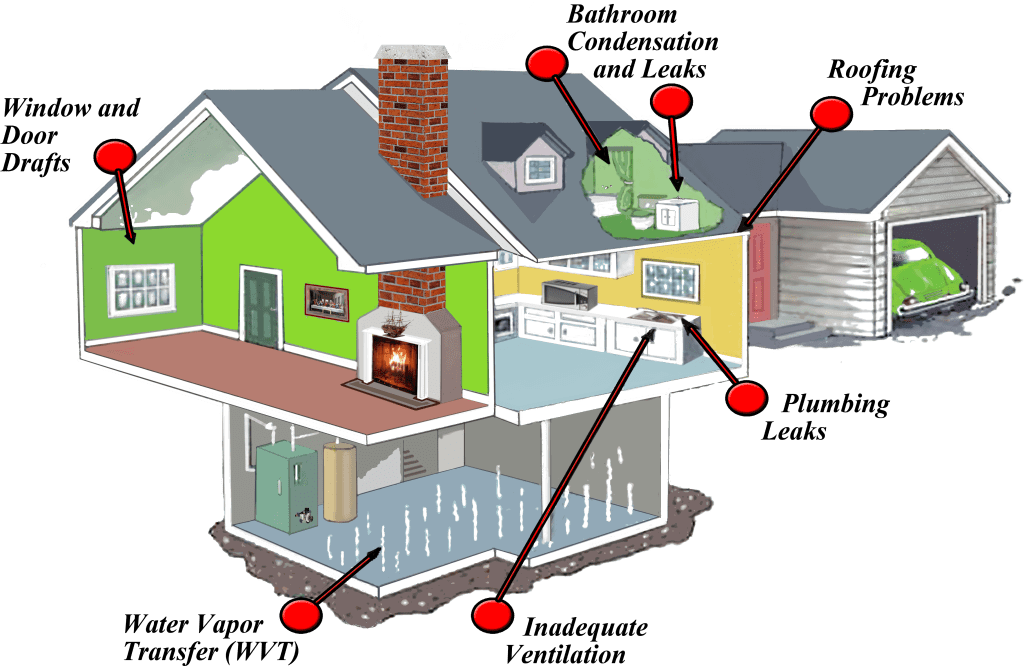Is Mold becoming a problem in your house?
29 Nov 2018 - Post By Matt Walsh
Mold is a word that can make anyone cringe. But when it comes to mold in your home, misinformation is an all too common mold myths problem. Myths surrounding mold in your home can be costly to both your property and your health.
4 Common Mold Myths
Mold is a word that can make anyone cringe. But when it comes to mold in your home, misinformation is an all too common mold myths problem. Myths surrounding mold in your home can be costly to both your property and your health.
“Mold isn’t something that most people think about until it affects their health, their home or their business,” says Pete Duncanson, director of system development for ServiceMaster Restore, one of the largest disaster restoration companies in the United States. “However, mold spores are found in most homes across the country, and without the right treatment, mold can quickly grow into a major problem.”

To help you keep your home and family safe, Duncanson offers four of the most commonly reported mold myths, and solutions to debunk them:
Myth: Bleach or other retail products can kill mold on any surface.
Most retail products simply discolor mold and are not recommended for use on porous surfaces. In fact, on surfaces like wood, carpet, ceiling tile and drywall, these typical cleaning products don’t always reach the root of the mold, meaning the problem will likely return. Experts say removing the mold from affected items is the only way to ensure the mold will be out of your home for good.
Myth: Mold that appears black is hazardous to your health.
Mold that appears black is one of the most infamous molds to appear in homes. All molds can cause allergic reactions, respiratory problems, increased risks for infections and plenty of other health issues, according to the Centers for Disease Control and Prevention (CDC). It can be dangerous and can threaten the health of your family. Regardless of the color of the mold, all mold problems should be addressed.
Myth: Dead mold can’t cause health issues.
Mold goes dormant until the conditions are favorable for regrowth. But even dormant mold can be harmful to your health. Mold release spores before going dormant, allowing it to reproduce and reappear, especially if the underlying moisture and ventilation issues haven’t been resolved. If you feel like you might have a potentially dangerous mold situation, trained professionals can help you identify the problem and ensure the proper treatment of the affected areas.
Myth: Mold is the only problem associated with water damage.
When water is present where it should not be, it can quickly cause a host of problems, including both structural and cosmetic damage. It can promote bacterial and viral growth, increasing the health risks in your home. Additionally, mold can begin to grow within 24 to 48 hours, depending on the nature of water intrusion. If you experience a water damage emergency in your home, it’s best to call a reputable disaster restoration professional who is skilled in dealing with water-related damages. They can help get your home back in order as quickly as possible, as well as help you avoid long-term problems in the future.